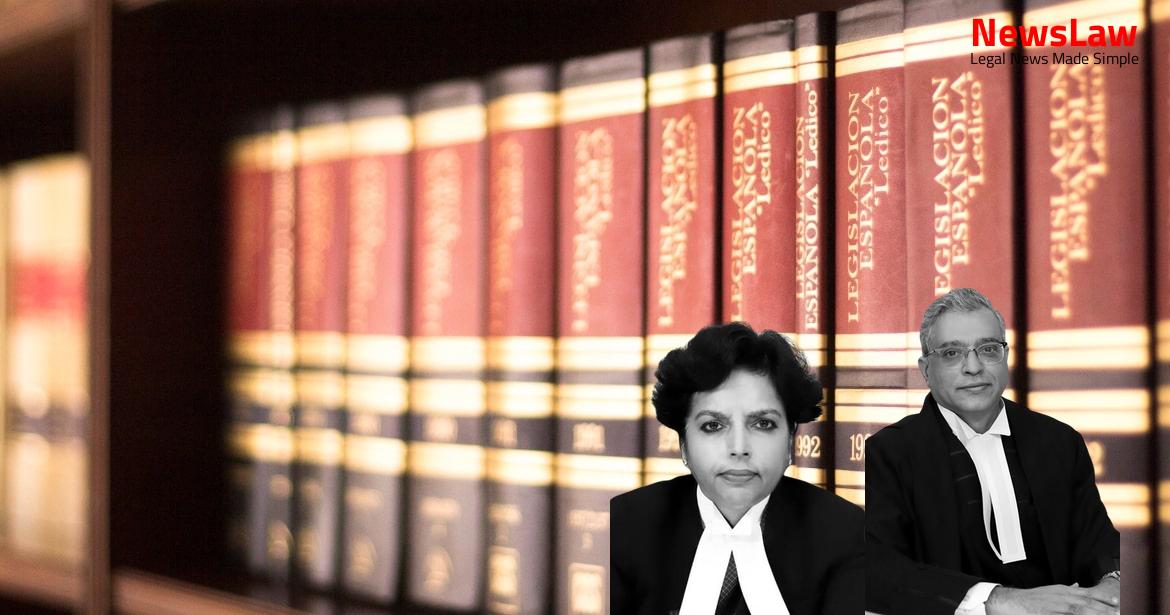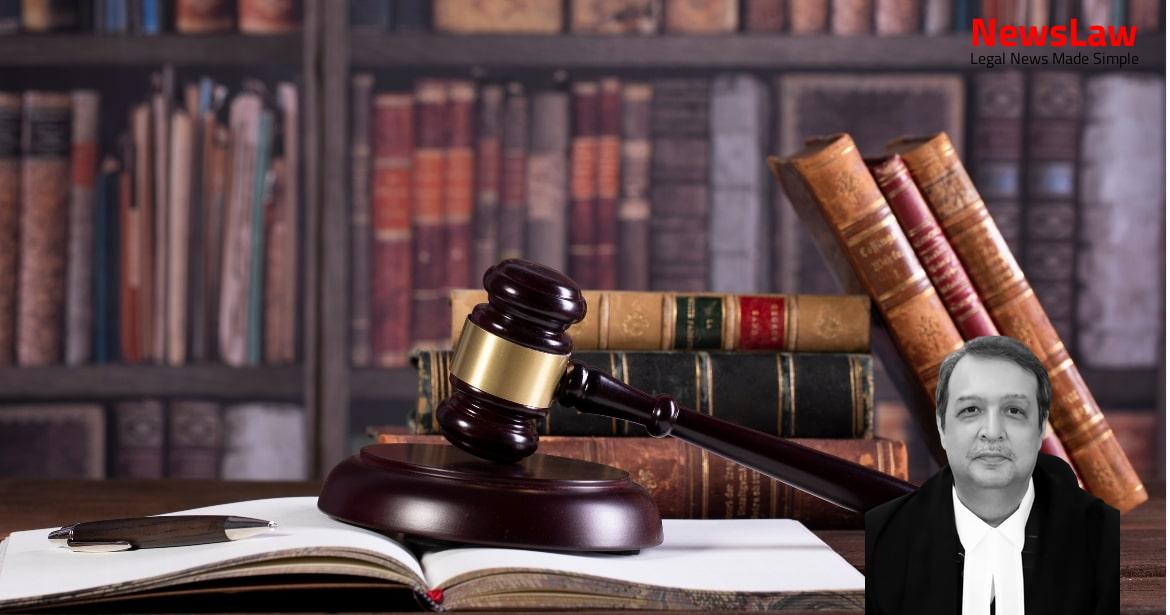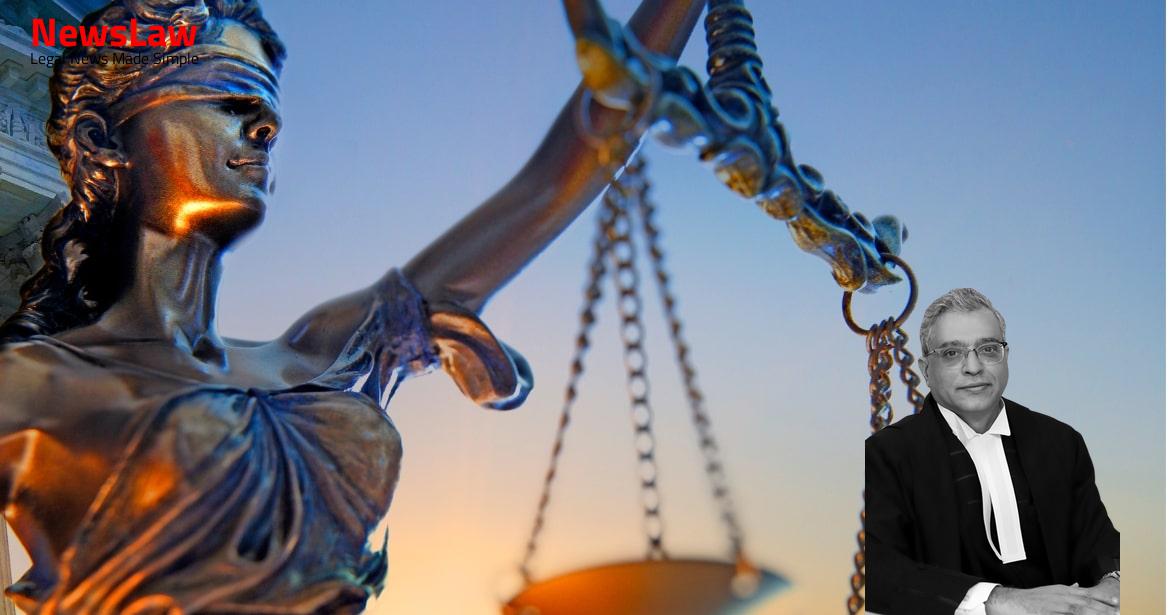Delve into the complexities of a legal case where the Court scrutinizes a discharge application under Section 227 of the Cr.P.C, focusing on the rigorous process of evaluating prima facie evidence. The court’s analysis highlights the importance of sifting through material to determine if a case warrants trial, emphasizing key principles of legal proceedings.
Facts
- In 1987, a complaint was filed against the Appellant for allegedly purchasing three houses and two pieces of land in Bihar disproportionate to his known sources of income.
- Various components of the Appellant’s income and expenditure were considered during the investigation.
- An FIR was registered against him in 2000 under the Prevention of Corruption Act on the same allegation of possessing disproportionate assets.
- The Appellant raised concerns about undervalued income and overvalued assets in a letter to the Director General of Police.
- A charge sheet was filed in 2007, seven years after the FIR and twenty years after the initial complaint, alleging amassed disproportionate income.
- The Court dismissed the Appellant’s application for discharge under Section 227 of the Code of Criminal Procedure.
- The Appellant joined BSFC in 1974, and later ONGC in 1996, with only the ownership of a residential house in Patna traceable to him.
- The High Court quoted several judgments and ultimately dismissed the revision application.
- The submissions made on behalf of the petitioner needed proper verification, which could only be done during the trial.
- The Appellant applied for discharge under Section 239 of the Cr.P.C instead of Section 227, alleging errors in calculation.
- The application for discharge was summarily dismissed without analyzing the documents or arguments.
- The Court found sufficient prima facie material to frame charges against the accused.
- The explanations given by the petitioner’s counsel would be considered during the trial, not at the discharge stage.
- The Court was not satisfied with the explanations provided by the accused for the discharge application.
Also Read: Judicial Review of Administrative Actions in Educational Matters
Issue
- The issue for consideration is whether the Appellant is entitled to be discharged of the proceedings initiated against him under the PC Act.
- Section 227 of the Cr.P.C relating to discharge is being considered in this context.
Also Read: Scope of Rule-Making Power in Disciplinary Proceedings
Arguments
- Petitioner argues that valuation at the end of Vigilance should be based on the date of recovery, but this argument is fallacious as valuation was only estimated.
- Petitioner’s emphasis on valuation is considered, but the petition lacks merit and is rejected.
- Counsel submitted that errors in calculation and wrongful inclusion of items should have led to the Appellant’s discharge at the Trial Court.
- Roving enquiry into genuineness of errors is deemed forbidden at the present stage.
- The Appellant has approached the Court against the order.
- Referring to the decisions in Union of India v. Prafulla Kumar Samal and Anr. and Ghulam Hassan Beigh v. Mohammad Maqbool Magrey.
- Counsel for the Respondent, Shri Abhinav Mukerji AOR, supported the Trial Court’s dismissal of the discharge application.
- Argued that Courts should not conduct a roving inquiry while adjudicating an application under Section 239 of the Cr.P.C.
Also Read: Conviction and Sentencing Analysis in a Criminal Appeal Case
Analysis
- The court must sift the material before it for the limited purpose of evaluating if a prima facie case exists.
- Three specific objections were raised regarding the inclusion of certain expenditures in the charge-sheet.
- The first objection was about the balance amount in the bank account during the check period being wrongly counted as expenditure.
- The second objection related to the inclusion of an amount towards loan repayment, which had already been deducted from the appellant’s salary.
- The third objection was regarding the inclusion of the value of articles found during a search conducted twelve years after the check period, without evidence linking them to the accused during the check period.
- The court emphasized the need for a strong suspicion based on material evidence for framing charges and proceeding with trial.
- The court highlighted the importance of considering the total effect of evidence on record and looking for any infirmities in the case.
- A roving inquiry is not permissible at the stage of discharge under Section 227 of the Cr.P.C.
- The Special Judge and High Court were criticized for not properly reconciling inconsistencies in the prosecution’s evidence.
- The material produced by the prosecution must be sifted to determine if a case is made out for the accused to stand trial.
- The sifting process under Section 227 of the Cr.P.C. is not meant to mimic a trial where all evidence is presented.
- The court is not required to assess if the prosecution has proven the case for conviction beyond a reasonable doubt.
- The main objective of the sifting process is to evaluate whether a prima facie case exists against the accused.
- The principles of discharge under Section 227 were summarized in the Dipakbhai Jagdishchandra Patel v. State of Gujarat case.
- The High Court made the same mistake as the Special Judge (Vigilance) in the case.
- The allegation of the Appellant having disproportionate income between 1974 and 1988 was raised in an FIR filed twelve years after that period ended, which raises concerns about the timing and validity of the allegation.
Case Title: KANCHAN KUMAR Vs. THE STATE OF BIHAR (2022 INSC 955)
Case Number: Crl.A. No.-001562-001562 / 2022



